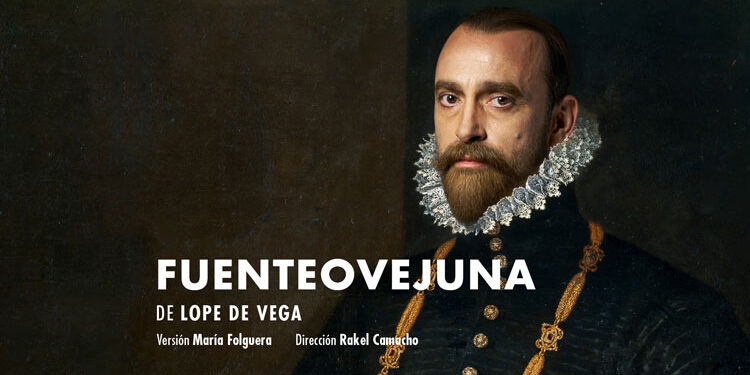Next Thursday, the Teatro de la Comedia de Madrid (calle del Príncipe, 14) presents until 23 November the classic of the Spanish dramaturgy, Fuenteovejuna, the writer of the Golden Age, Lope de Vega.
Fuenteovejuna is a work open to contemporaneity. One of the most emblematic theatre pieces of the Spanish Golden Age. It is no coincidence that until the arrival of the twentieth century it was a little known work within the repertoire of its author. The Russian revolution discovered its strength and from then on there were different versions, but always with Laurencia’s monologue as the center: a tear in the curtain of the Spanish theater.
This Fuenteovejuna wants to look at the past so as not to forget. To understand our origins. To approach the center of human essence through music, the ancestral, the vibration of verse and bodies living together in a community with which we share history.
This adaptation for the National Company of Classical Theatre has wanted to preserve the plot of the kings and the war, reflection of a world submerged in urgency; to be questioned by the reactions of the people between servility, anger and euphoria -Today we can all be Mayor Esteban or Laurencia or perhaps the henchman Flores, and pay attention to the humor and tenderness that are the hallmarks of Lope’s production.







